
Capturing a multidimensional dialogue through breathy microtones, atonal piano fragments, and ambiguous percussion, Joe Maneri on sax and clarinet, Tyson Rogers on piano, and Jacob Braverman on drums craft abstract improvisations exploring the delicate interplay of shadow and light, revealing emotional nuances and identity in richly layered, spontaneous constructions of impressive expressive intensity.
In Stock
Quantity in Basket: None
Log In to use our Wish List
Shipping Weight: 3.00 units
Sample The Album:
Joe Maneri-clarinet, tenor saxophone
Tyson Rogers-piano
Jacob Braverman-drums
Click an artist name above to see in-stock items for that artist.
Includes 2 black & white postcards of Joe Maneri.
UPC: 752156711629
Label: ezz-thetics by Hat Hut Records Ltd
Catalog ID: ezz-thetics 116
Squidco Product Code: 35979
Format: CD
Condition: New
Released: 2025
Country: Switzerland
Packaging: Cardboard Gatefold
Recorded at Rear Window Studio, Brookline, Massachusetts, on August 2nd, 2002, by Nate Dube.
"According to Paul Cezanne, art - that is, a personal visual perspective of the world imagined through shape and color - was "a music I hear in my face." Was he simply offering a poetic metaphor to express a degree of emotional intensity beyond the purely visual? Or suggesting a symbiotic relationship between their constituent parts? The notion that music is created by sound forms in some ways similar to the components of visual representation requires an acceptance of abstract values - that is, a state of mind that finds clarity and substance, passion and solace, in the essence, and not strictly the literal qualities, of the experience. Abstraction has gotten a bum rap over time; even Webster's Dictionary defines it as, among other things, an "absence of mind" and says to be abstract is to be "difficult to understand" and "impersonal, detached." Yet the act of abstraction can be one of discovery, revealing details of identity and nuances of emotion otherwise obscured by familiarity and superficiality.
That's what I hear - details of identity and nuances of emotion - in the music of this trio, an art that explores and exposes multi-dimensional perspectives, intersecting ideas, and a heightened sense of awareness. There's an audible directness of expression, of combination and play, which sounds spontaneously shaped and not designed for effect, and yet employs characteristics that ironically call to my mind visual art - not Cezanne, specifically, but the stark, abstract, multilayered, three-dimensional, post-De Stijl/ Constructivist reliefs and constructions of Burgoyne Diller or Charles Biederman.
In part, this comes from the nature of the individual components. Each member of the trio contributes a distinct tonal quality and rhythmic emphasis that intersects the others at key points in musical space. The music has no foreground-and-background or melody-and-accompaniment. These are not typically arranged songs, but asymmetrical, asynchronous constructs that develop from simultaneous, complimentary but peripheral gestures of the mind and heart. The harmonic contrasts that result from Joe Maneri's breathy microtones; the fixed pitches, inclining towards atonality, of Tyson Rogers' piano; and Jacob Braverman's ambiguously scored percussion color their contrapuntal angles and parallel lines. Layers of energy emerge from sepaate levels of intensity. Tenacity of spirit is the glue that binds the various events together into a single, significant entity.
As with any object in space, illumination (an awareness of effort and effect) will conjure degrees of shadow, as the program's title indicates - symbolizing the delicate condition of existence in the tenuous, constantly shifting area between the light and ultimate darkness, life and death. (At one point, as "Lazarus Shouts," Joe Maneri is literally speaking through his horn, confirming the re-discovered life force.) Clarinet and piano contemplate the uncertainty of reality "At Waterfall's Edge," where whispers grow turbulent and harmonic footing may be treacherous. Even the "touch," the physical immediacy, applied to the pair of piano/drum interludes highlights the sharp edges and chiaroscuric dynamics nature casts among crags and crevices "In the Shadow / Of the Mountain."
In his analysis of Charles Biederman's constructions ("Landscapes By Whatever Name"), Jan van der Marck cites form, color, space, and light as their essential components, with the shifting play of light on the fixed forms abstracted from nature becoming a permanent agent of complexity and change. Metaphorically, perhaps, "Ocean's Highgate Padlocked" could be thought of as making use of a similar realignment of detailed perception, with the saxophone line abstracted from a familiar melodic flow - that is, distorted in tone, reduced from conventionally lyrical intervals to microtonal shadings and sheer emotional emphasis, and phrased intuitively - several levels beyond even the decorative complexities of a Sonny Rollins or Elliott Carter, say, set into relief against external forces in a changing environment: the contrasting sparks of percussion and piano notes and clusters as they pass through shared space. The shifts in density and color become the dramatic focus, affecting the urgency of the saxophone's cry. Seen from this perspective, the music proposes a fluid three-dimensionality - an illusion, but one in keeping with its improvisational points of origin.
All art is an illusion. It's possible that Cezanne's statement reflects a desire to escape his structurally-derived perspective of landscapes and still lifes into an even-more abstracted world of pure color and symbolic image, something freer in form and imaginative in nature, something closer to the conditions of music. Something closer, perhaps, to what this trio does, which is to escape the confines of traditional form by abstracting their instrumental voices to their purest state of expression, animating space from a three-dimensional perspective, and discovering a new manner of song to sing in the bargain."-Art Lange, Chicago, March 2009
Includes 2 black & white postcards of Joe Maneri.
Artist Biographies
• Show Bio for Joe Maneri Joe Maneri (February 9, 1927 - August 24, 2009) was an American composer, saxophonist, clarinetist, and pioneer of microtonal improvisation whose work blurred the boundaries between avant-garde jazz, contemporary classical music, and spontaneous composition. Born in Brooklyn, New York, to Sicilian immigrant parents, Maneri began his musical path as a teenager, playing saxophone in local dance bands and absorbing the sounds of jazz and classical music alike. In the early 1960s, Maneri began exploring microtonality — intervals smaller than the standard Western semitone — and developed a unique improvisational language informed by the 72-note octave. He founded the Boston Microtonal Society and taught at the New England Conservatory, where his influence on younger musicians, including his son Mat Maneri, helped seed a new wave of exploratory improvisation. Though he recorded in the 1960s, Joe Maneri didn't gain widespread recognition until the 1990s, when ECM Records released a series of groundbreaking albums, including Dahabenzapple, Coming Down the Mountain, and Three Men Walking (a trio with Mat Maneri and guitarist Joe Morris). His music fused the timbral freedom of free jazz with microtonal harmonies and a deep sensitivity to phrasing and space, often sounding as much like chamber music as improvised jazz. Maneri's collaborations included long-running partnerships with his son Mat Maneri (a violist and violinist), bassist Barre Phillips, drummer Randy Peterson, and pianist Matthew Shipp. His recordings range from austere and spacious to deeply expressive and emotionally raw, reflecting a spiritual depth and conceptual rigor that made his work profoundly unique. A visionary voice outside the mainstream, Joe Maneri left behind a deeply personal body of work that continues to challenge and inspire listeners drawn to the edges of sonic expression. ^ Hide Bio for Joe Maneri
Have a better biography or biography source? Please Contact Us so that we can update this biography.
Track Listing:
1. I Love The World 06:32
2. Love Flowers 04:32
3. Interlude 1 - In The Shadow 04:29
4. At Waterfall's Edge 10:12
5. Lazarus Shouts 05:18
6. Interlude 2 - Of The Mountain 05:18
7. Ocean's Highgate Padlocked 08:45
8. Come Back To Me 08:24
Hat Art
Improvised Music
Jazz
Free Improvisation
NY Downtown & Metropolitan Jazz/Improv
Boston Area Improvisers
Trio Recordings
Staff Picks & Recommended Items
New in Improvised Music
Recent Releases and Best Sellers
Search for other titles on the label:
ezz-thetics by Hat Hut Records Ltd.



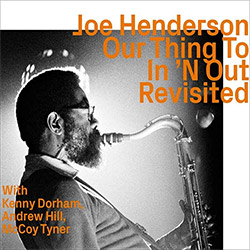
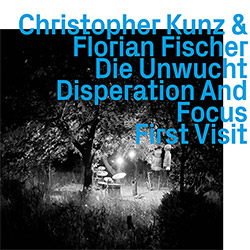
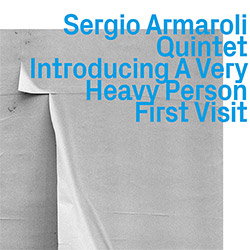
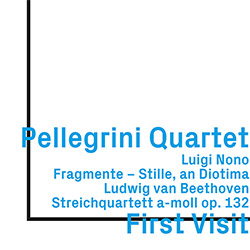
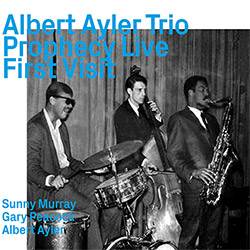
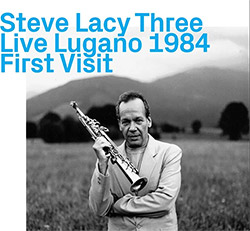
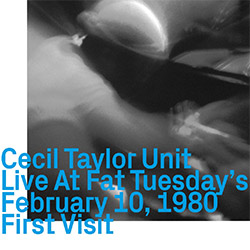
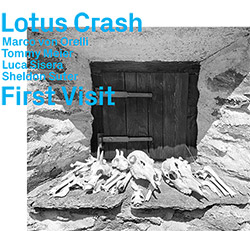
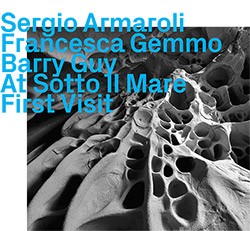
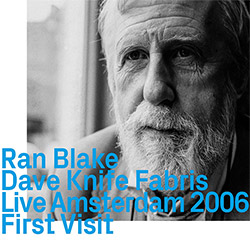


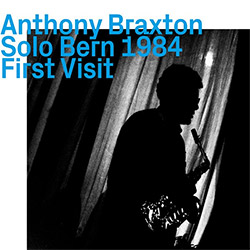
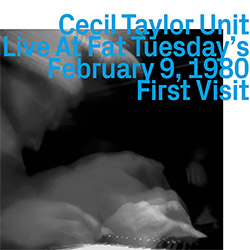
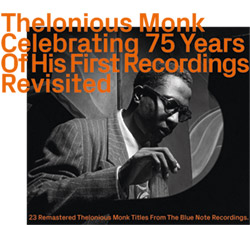
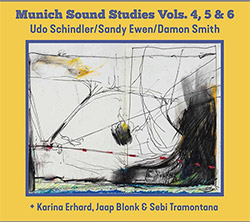
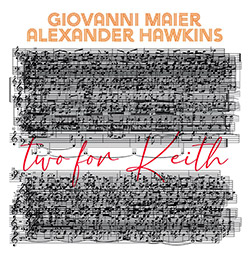
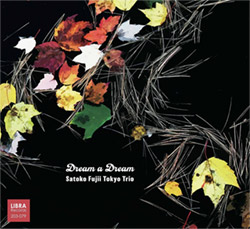
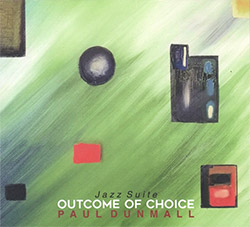
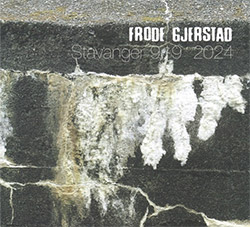
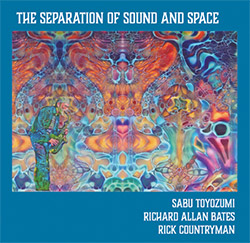
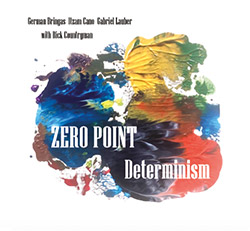
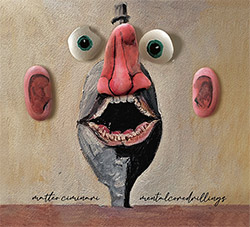
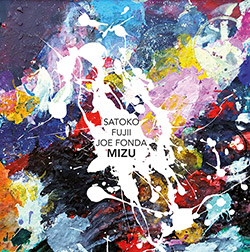
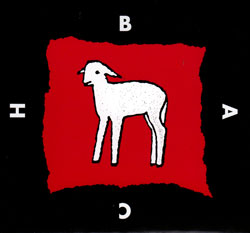

![Rodrigues, Ernesto / Nuno Torres / Guilherme Rodrigues: Whispers In The Moonlight - In Seven Movements [2CDs]](https://www.teuthida.com/productImages/misc4/35765.jpg)
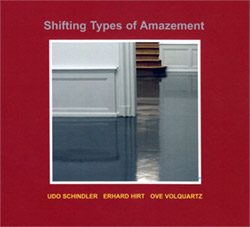
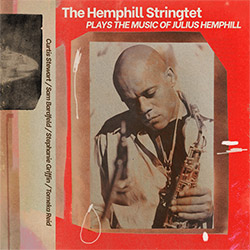
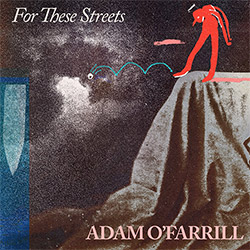
![Cocks, Laura: FATHM [VINYL]](https://www.teuthida.com/productImages/misc4/36055.jpg)
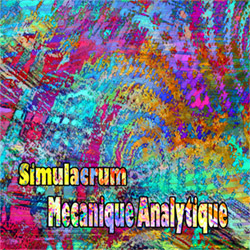

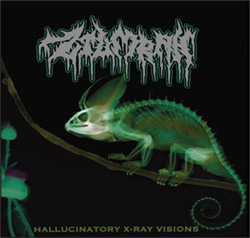
![Ackerley / Prymek / Turner: All Hope With Sleeping Minds [CASSETTE]](https://www.teuthida.com/productImages/misc4/35950.jpg)
![Myers, David Lee : Tin Drop Tear [BOOK w/ DOWNLOAD]](https://www.teuthida.com/productImages/misc4/36030.jpg)
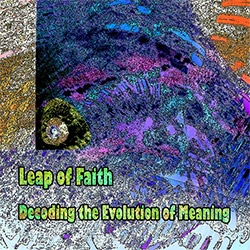
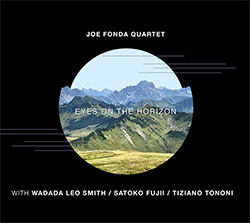
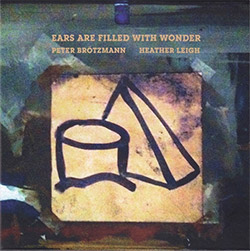
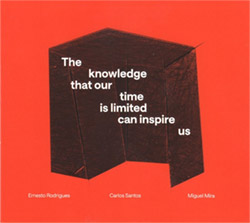
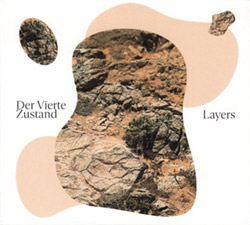

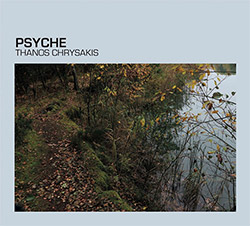
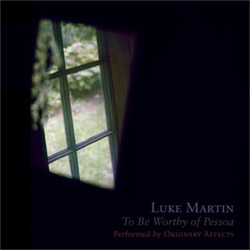
![Turbulence Orchestra & Sub-Units: Smear Out the Difficulties (Double Live) [2 CDs]](https://www.teuthida.com/productImages/misc4/36048.jpg)
![Perelman, Ivo / Tyshawn Sorey: Paralell Aesthetics [2 CDs]](https://www.teuthida.com/productImages/misc4/35871.jpg)
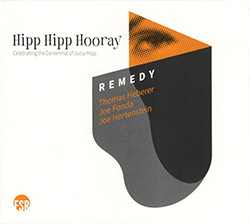
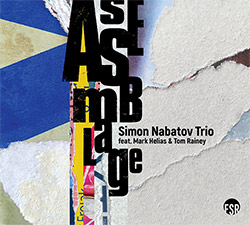
![Sjostrom, Harri: SoundScapes #4 Festival Berlin 2023 [3 CDs]](https://www.teuthida.com/productImages/misc4/35874.jpg)
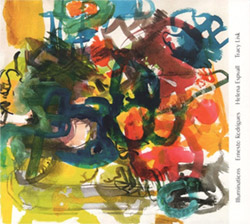
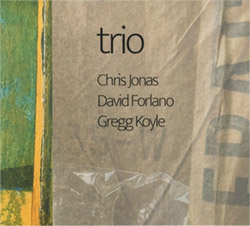
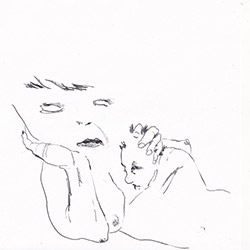
![Glenn, Jordan: Flustered [CASSETTE]](https://www.teuthida.com/productImages/misc4/35948.jpg)

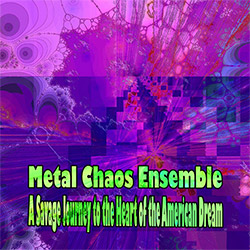
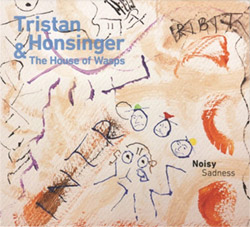
![Lindorff-Ellery, Evan: Church Recordings from Monhegan [CASSETTE]](https://www.teuthida.com/productImages/misc4/35949.jpg)
![Schindler, Udo / Werner Dafeldecker / Gunnar Geisse: Travelling Sound Images - Cognitive Transfers [Trio]](https://www.teuthida.com/productImages/misc4/35767.jpg)
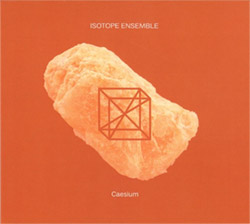
![Egberth, Dennis: The Dennis Egberth Dynasty [VINYL]](https://www.teuthida.com/productImages/misc4/35549.jpg)
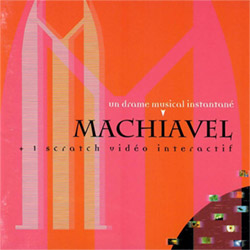
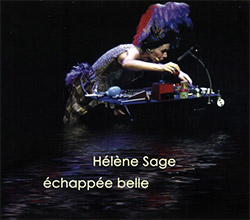
![Schindler, Udo / Rieko Okuda / Eric Zwang Eriksson: Disturbed Terrains [2 CDs]](https://www.teuthida.com/productImages/misc4/35330.jpg)
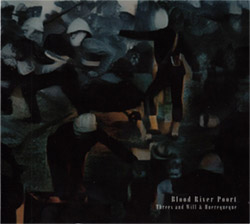
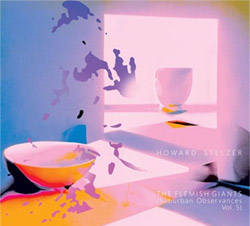

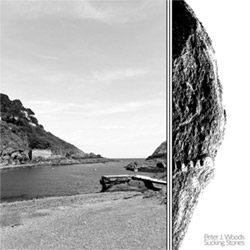
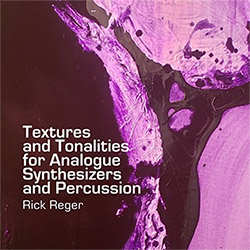
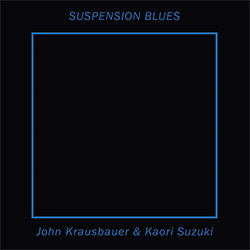
![Olencki, Weston : Pearls Ground Down To Powder [VINYL]](https://www.teuthida.com/productImages/misc4/35956.jpg)
![Myers, David Lee: Oculus [2CDs]](https://www.teuthida.com/productImages/misc4/35857.jpg)

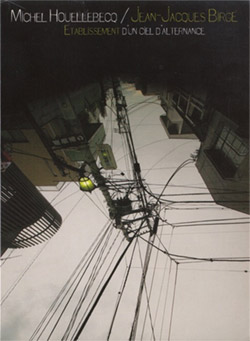
![dustsceawung: dustsceawung [CASSETTE w/ Download]](https://www.teuthida.com/productImages/misc4/35753.jpg)

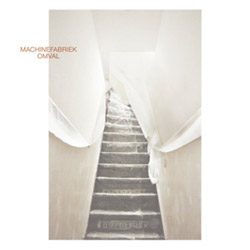
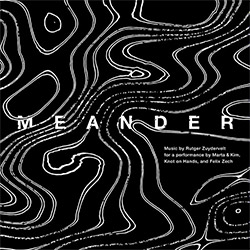
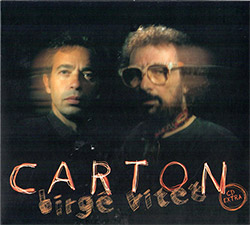
![Halls of the Machine: Atmospheres For Lovers And Sleepers [CASSETTE w/ DOWNLOAD]](https://www.teuthida.com/productImages/misc4/35806.jpg)
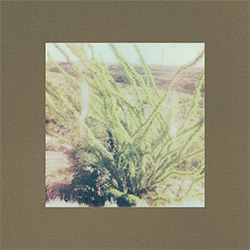

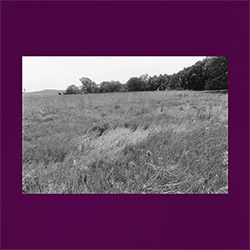
![AHC (Alexander Cooper): Lase [2 CDs]](https://www.teuthida.com/productImages/misc4/35754.jpg)
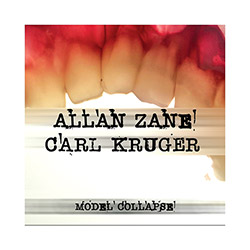
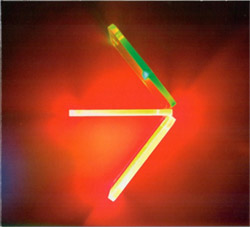

![Fagaschinski, Kai / Yan Jun : Graveyard Processions [VINYL w/ DOWNLOAD]](https://www.teuthida.com/productImages/misc4/35474.jpg)
![Brant, Cody / Carl Kruger: Smoke Detail [CASSETTE w/ DOWNLOAD]](https://www.teuthida.com/productImages/misc4/35551.jpg)
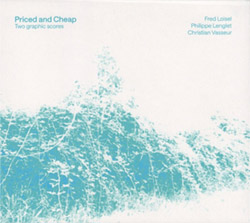
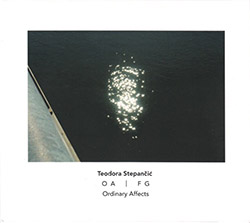
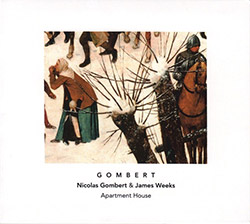

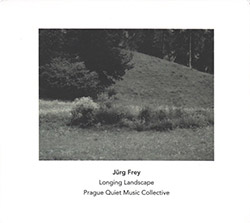
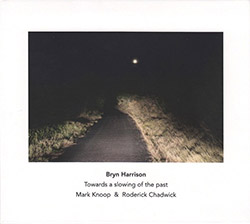
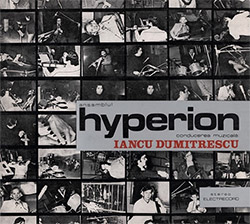
![Zorn, John / JACK Quartet: The Complete String Quartets [2 CDs]](https://www.teuthida.com/productImages/misc4/35609.jpg)
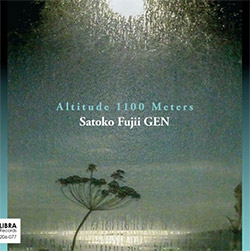
![Lonsdale, Eden: Dawnings [2 CDs]](https://www.teuthida.com/productImages/misc4/35480.jpg)

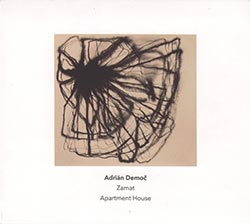

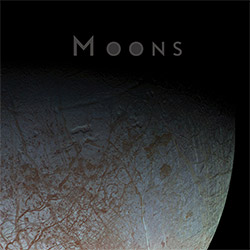
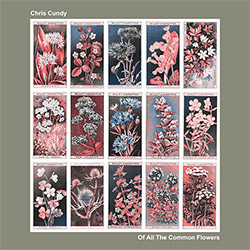
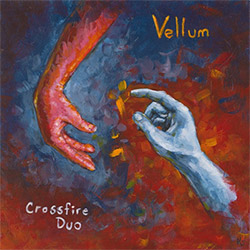
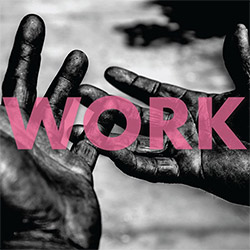
![Sanna, Claudio: Compositori Sardi Contemporanei II [2 CDs]](https://www.teuthida.com/productImages/misc4/35317.jpg)

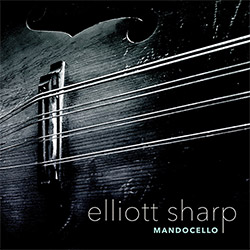

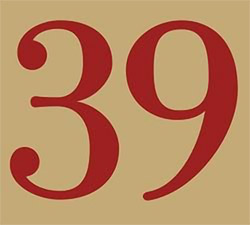
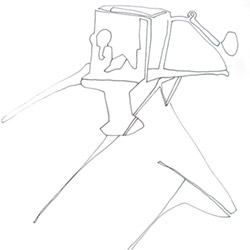
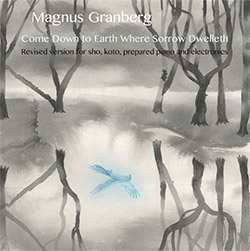

![Zurria, Manuel: Fame di Vento [3 CDs]](https://www.teuthida.com/productImages/misc4/35167.jpg)
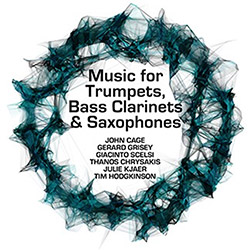
![Granberg, Magnus / Nattens Inbrott / Skogen: Holde Traume, Kehret Wieder! [2 CDs]](https://www.teuthida.com/productImages/misc4/35038.jpg)

![Electric Bird Noise / Derek Roddy: 8-10-22 [CD EP]](https://www.teuthida.com/productImages/misc4/35970.jpg)
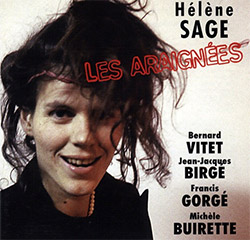


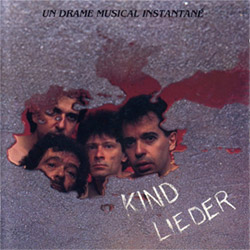
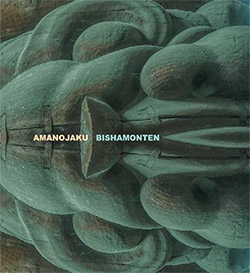
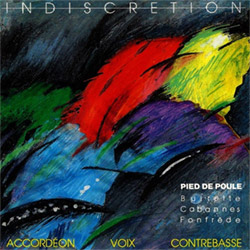
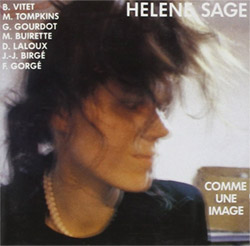
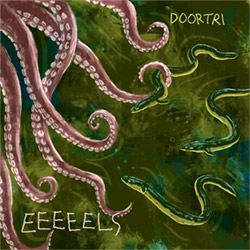
![Elephant9 : Mythical River [VINYL]](https://www.teuthida.com/productImages/misc4/34624.jpg)
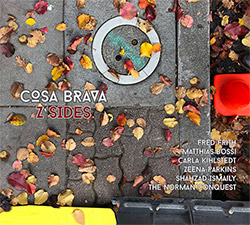
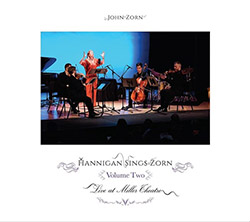
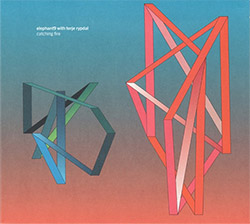
![Elephant9 with Terje Rypdal: Catching Fire [VINYL 2 LPs]](https://www.teuthida.com/productImages/misc4/35355.jpg)
![Deerlady (Obomsawin, Mali / Magdalena Abrego): Greatest Hits [VINYL]](https://www.teuthida.com/productImages/misc4/34876.jpg)
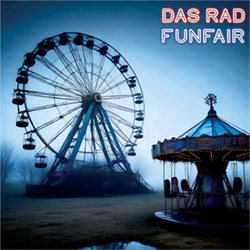
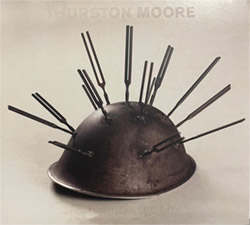
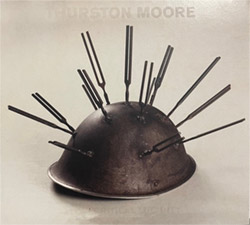

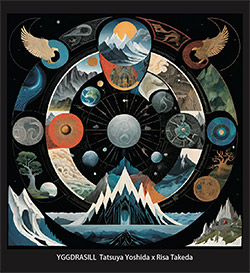
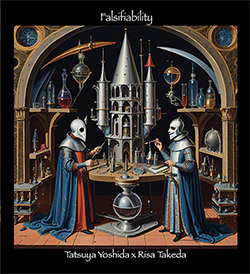
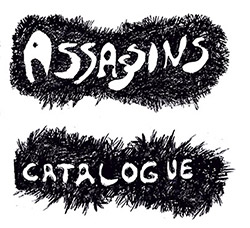
![Surplus 1980: Illusion of Consistency [CD]](https://www.teuthida.com/productImages/misc4/35069.jpg)
![Staiano, Moe: Away Towards the Light [VINYL + DOWNLOAD]](https://www.teuthida.com/productImages/misc4/35037.jpg)
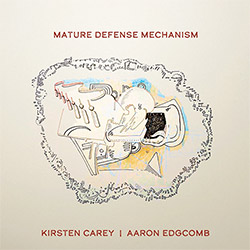

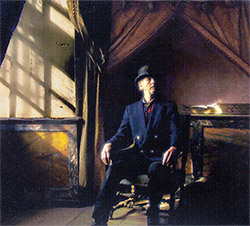
![Caveira (Gomes / Sousa / Abras / Ferrandini): Ficar Vivo [VINYL]](https://www.teuthida.com/productImages/misc4/34643.jpg)
![Coley, Byron: Dating Tips for Touring Bands [VINYL]](https://www.teuthida.com/productImages/misc4/17906.jpg)

![Lost Kisses: My Life is Sad & Funny [DVD]](https://www.teuthida.com/productImages/misc4/lostKissesDVD.jpg)